Matej
Premium
- 2,017

- Zagreb
I decided to share some of my reviews I have on several games I have played before. If you like retro games and would like to pick something up on sale, check out the links below. Hopefully they will inspire you to return to golden age of gaming and play something you like.
Feel free to write your own reviews and I'll add them to the OP. There are so many good old games many of us don't know about that shouldn't be missed.
Reviews:
Driving
Power Drive (1994, SNES)
GT Racing (1996, SNES)
Gran Turismo (1997, PS1) --- written by @JASON_ROCKS1998
Super Drift Out: World Rally Championships (1995, SNES)
Test Drive 6 (1999, PS1, GBC, DC, PC) --- written by @FilipinoGTUser1
Hyper Battle Game: Zen Nihon GT Senshukenen (1995, SNES)
Kat's Run: Zennihon K Car Senshuken (1995, SNES)
TOCA Touring Car Championship (1997, PS1, GBC, PC) --- written by @JASON_ROCKS1998
Test Drive Overdrive: The Brotherhood of Speed (2002, PC, PS2, XBOX) --- written by @FilipinoGTUser1
Sports Car GT - DEMO (1999, PC)
Le Mans 24 Hours (2002, PS2) --- written by @JASON_ROCKS1998
Crash 'n Burn (2004, PS2, Xbox) --- written by @FilipinoGTUser1
GTR2 - FIA GT Racing Game (2006, PC) --- written by @JASON_ROCKS1998
Top Gear GT Championship (2001, GBA)
Gran Turismo 3 A-Spec (2001, PS2) --- written by @JASON_ROCKS1998
Juiced 2: Hot Import Nights (2007, Various) --- written by @Stephan
Ford Racing - Demo (2001, PC)
Ford Racing 2 - Demo (2003, PC)
Ford Racing 3 - Demo (2004, PC)
Gran Turismo 4 (2005, PS2) --- written by @JASON_ROCKS1998
Richard Burns Rally - Demo (2004, PC)
Genki Duel: Kaido Battle 2 Chain Reaction (2004) VS Tokyo Xtreme Racer Drift 2 (2007)
Tokyo Xtreme Racing Zero (2001, PS2)
Tokyo Xtreme Racing Drift 2 (2007, PS2)
SNES' Finest - Classic Driving Games
Tokyo Xtreme Racing 3 (2003, PS2)
Test Drive 6 (1999, PS1)
Shooting
Contra III: The Alien Wars (1992, SNES)
The Hunt for Red October (1993, SNES)
Action
The Fireman (1994, SNES)
Bugs Bunny: Crazy Castle 3 (1999, GBC)
The Bugs Bunny Birthday Blowout (1990, NES)
Ninja Gaiden II: The Dark Sword of Chaos (1990, NES)
VIDEO REVIEW - Maximo: Ghosts to Glory (2001, PS2)
Urban Chaos (2000, PS1)
Fighting
WWE Smackdown: Here Comes The Pain (2003, PS2) --- written by @Stephan
Strategy
WarCraft II: The Dark Saga (1997, PS1)
Adventure
Harry Potter and the Philosopher's Stone (2001, PS1)
Sports
UEFA Euro 2000 (2000, PS1)
Feel free to write your own reviews and I'll add them to the OP. There are so many good old games many of us don't know about that shouldn't be missed.
Reviews:
Driving
Power Drive (1994, SNES)
GT Racing (1996, SNES)
Gran Turismo (1997, PS1) --- written by @JASON_ROCKS1998
Super Drift Out: World Rally Championships (1995, SNES)
Test Drive 6 (1999, PS1, GBC, DC, PC) --- written by @FilipinoGTUser1
Hyper Battle Game: Zen Nihon GT Senshukenen (1995, SNES)
Kat's Run: Zennihon K Car Senshuken (1995, SNES)
TOCA Touring Car Championship (1997, PS1, GBC, PC) --- written by @JASON_ROCKS1998
Test Drive Overdrive: The Brotherhood of Speed (2002, PC, PS2, XBOX) --- written by @FilipinoGTUser1
Sports Car GT - DEMO (1999, PC)
Le Mans 24 Hours (2002, PS2) --- written by @JASON_ROCKS1998
Crash 'n Burn (2004, PS2, Xbox) --- written by @FilipinoGTUser1
GTR2 - FIA GT Racing Game (2006, PC) --- written by @JASON_ROCKS1998
Top Gear GT Championship (2001, GBA)
Gran Turismo 3 A-Spec (2001, PS2) --- written by @JASON_ROCKS1998
Juiced 2: Hot Import Nights (2007, Various) --- written by @Stephan
Ford Racing - Demo (2001, PC)
Ford Racing 2 - Demo (2003, PC)
Ford Racing 3 - Demo (2004, PC)
Gran Turismo 4 (2005, PS2) --- written by @JASON_ROCKS1998
Richard Burns Rally - Demo (2004, PC)
Genki Duel: Kaido Battle 2 Chain Reaction (2004) VS Tokyo Xtreme Racer Drift 2 (2007)
Tokyo Xtreme Racing Zero (2001, PS2)
Tokyo Xtreme Racing Drift 2 (2007, PS2)
SNES' Finest - Classic Driving Games
Tokyo Xtreme Racing 3 (2003, PS2)
Test Drive 6 (1999, PS1)
Shooting
Contra III: The Alien Wars (1992, SNES)
The Hunt for Red October (1993, SNES)
Action
The Fireman (1994, SNES)
Bugs Bunny: Crazy Castle 3 (1999, GBC)
The Bugs Bunny Birthday Blowout (1990, NES)
Ninja Gaiden II: The Dark Sword of Chaos (1990, NES)
VIDEO REVIEW - Maximo: Ghosts to Glory (2001, PS2)
Urban Chaos (2000, PS1)
Fighting
WWE Smackdown: Here Comes The Pain (2003, PS2) --- written by @Stephan
Strategy
WarCraft II: The Dark Saga (1997, PS1)
Adventure
Harry Potter and the Philosopher's Stone (2001, PS1)
Sports
UEFA Euro 2000 (2000, PS1)
Last edited:





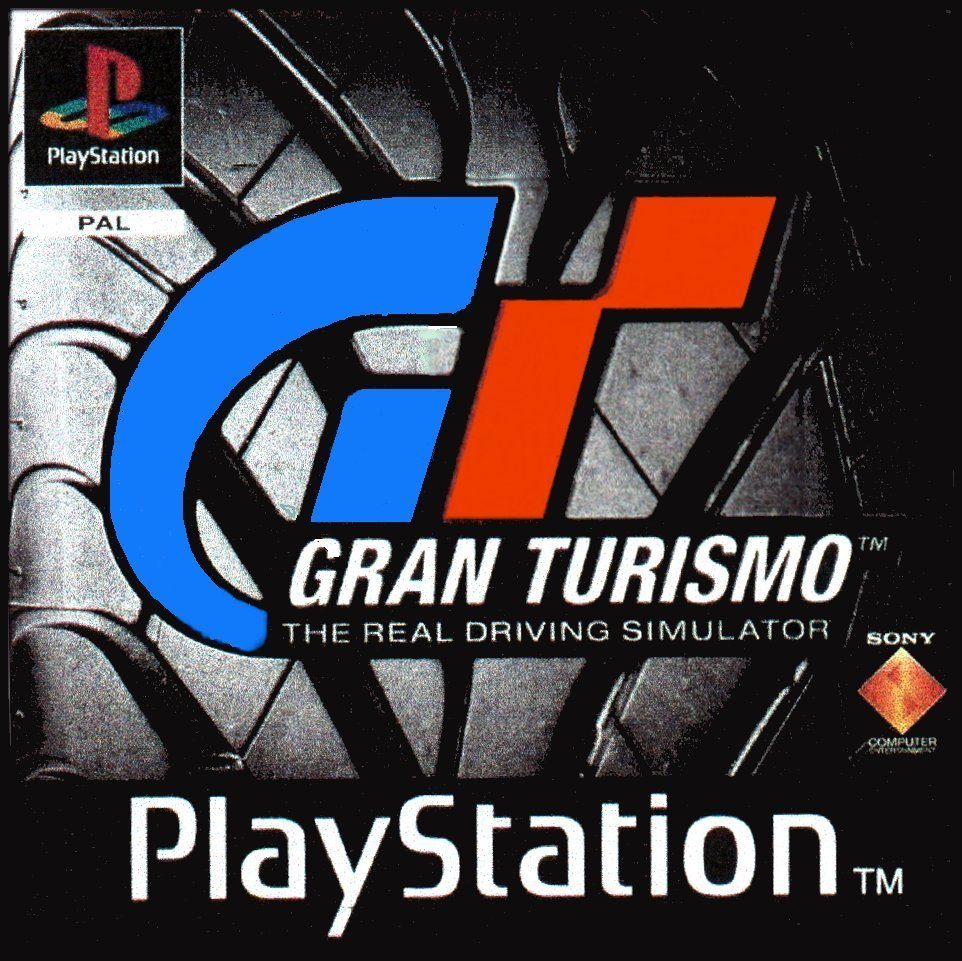
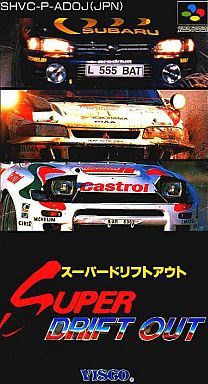

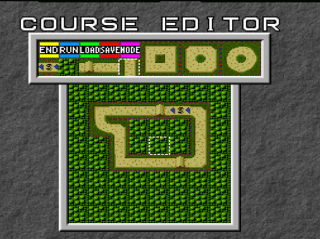
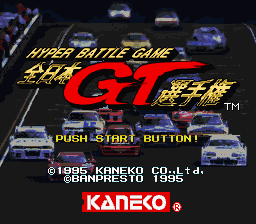


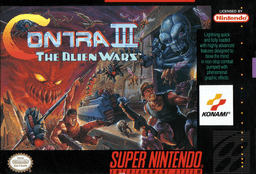

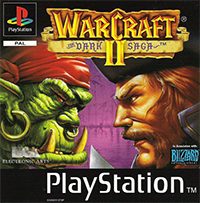
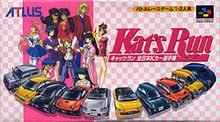
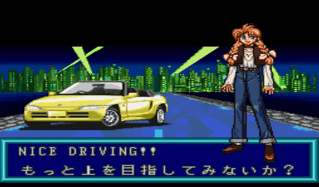


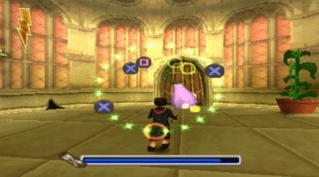
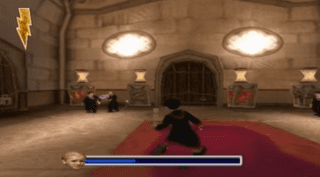
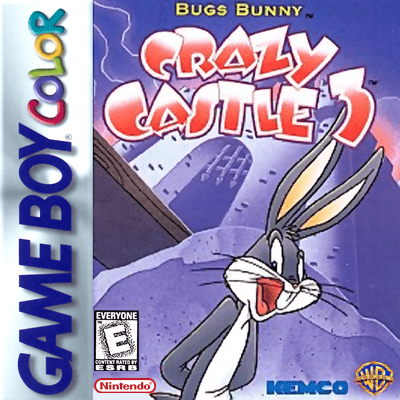
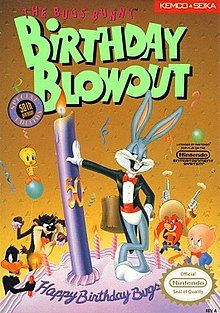

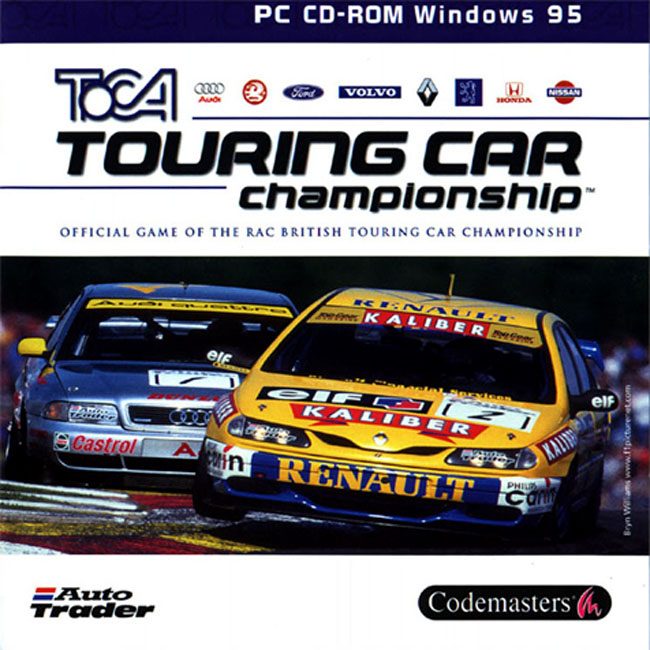
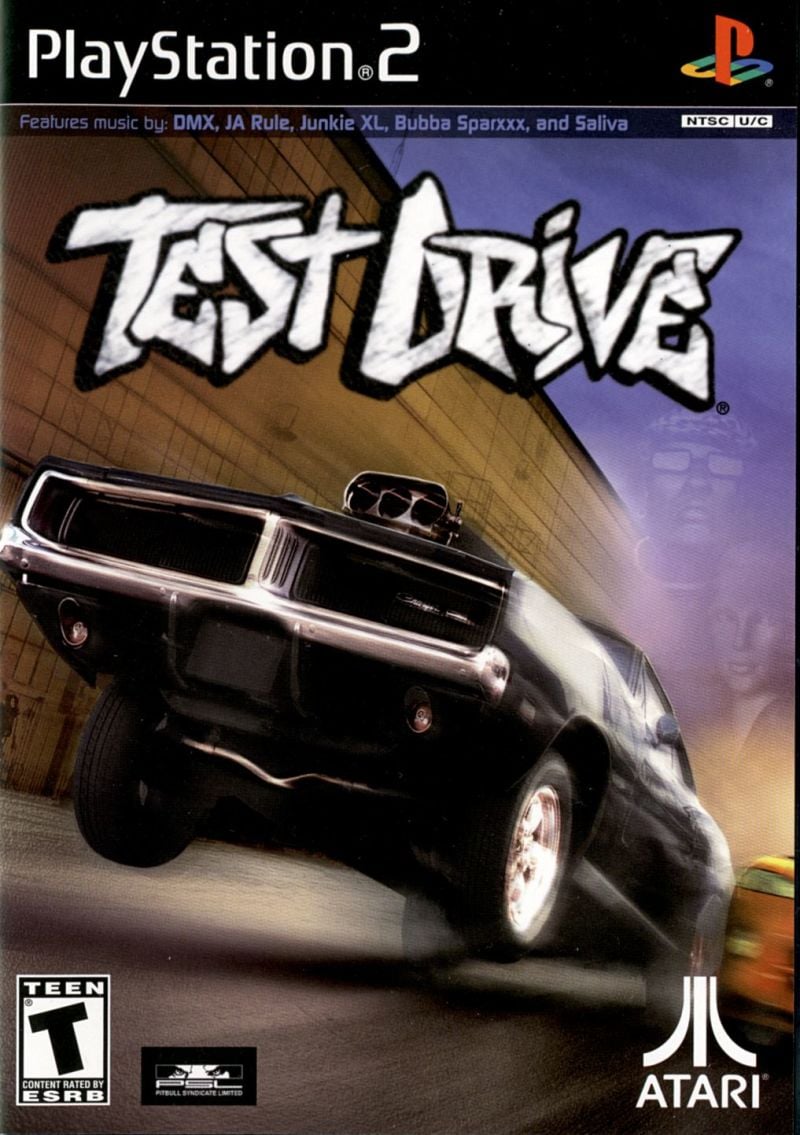
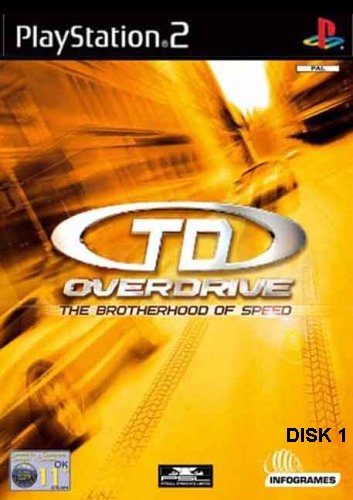
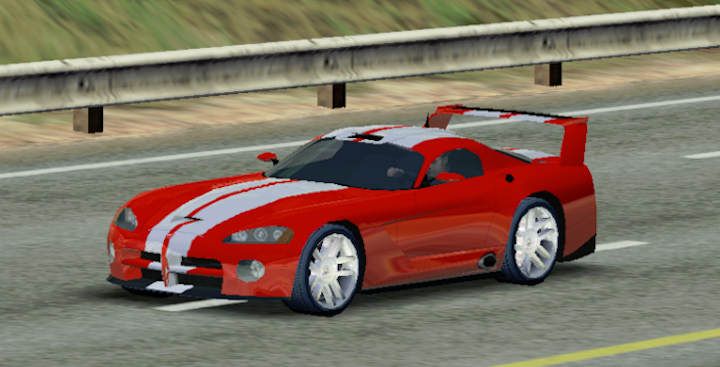
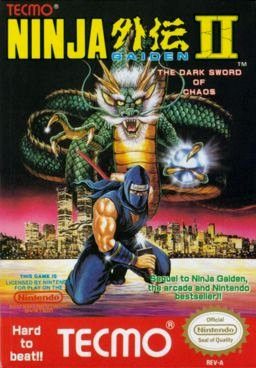

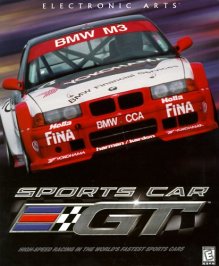

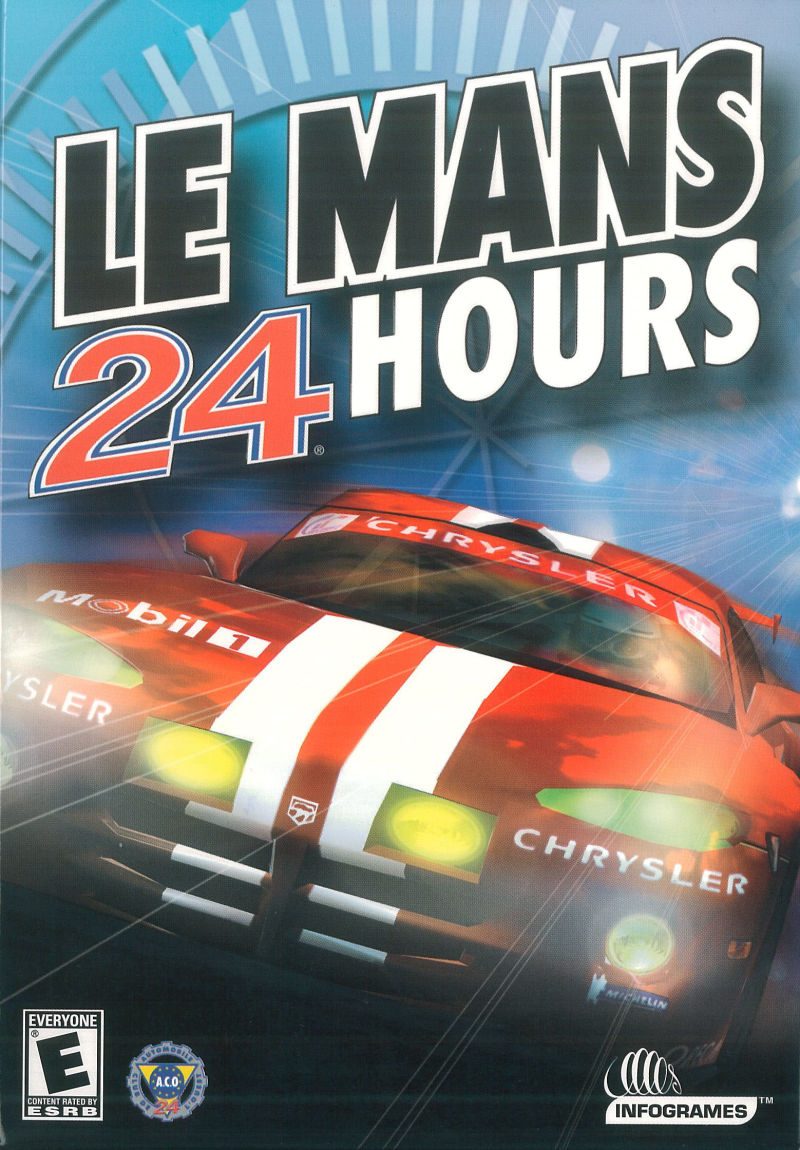
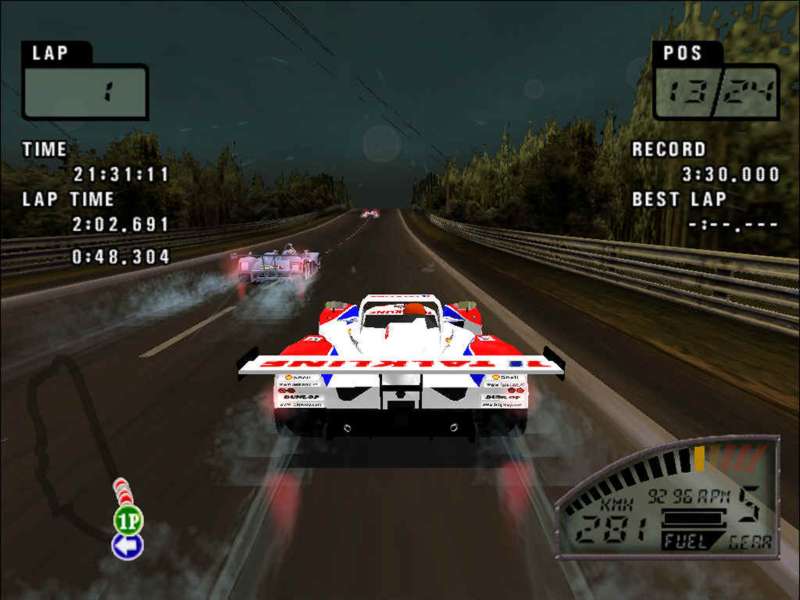
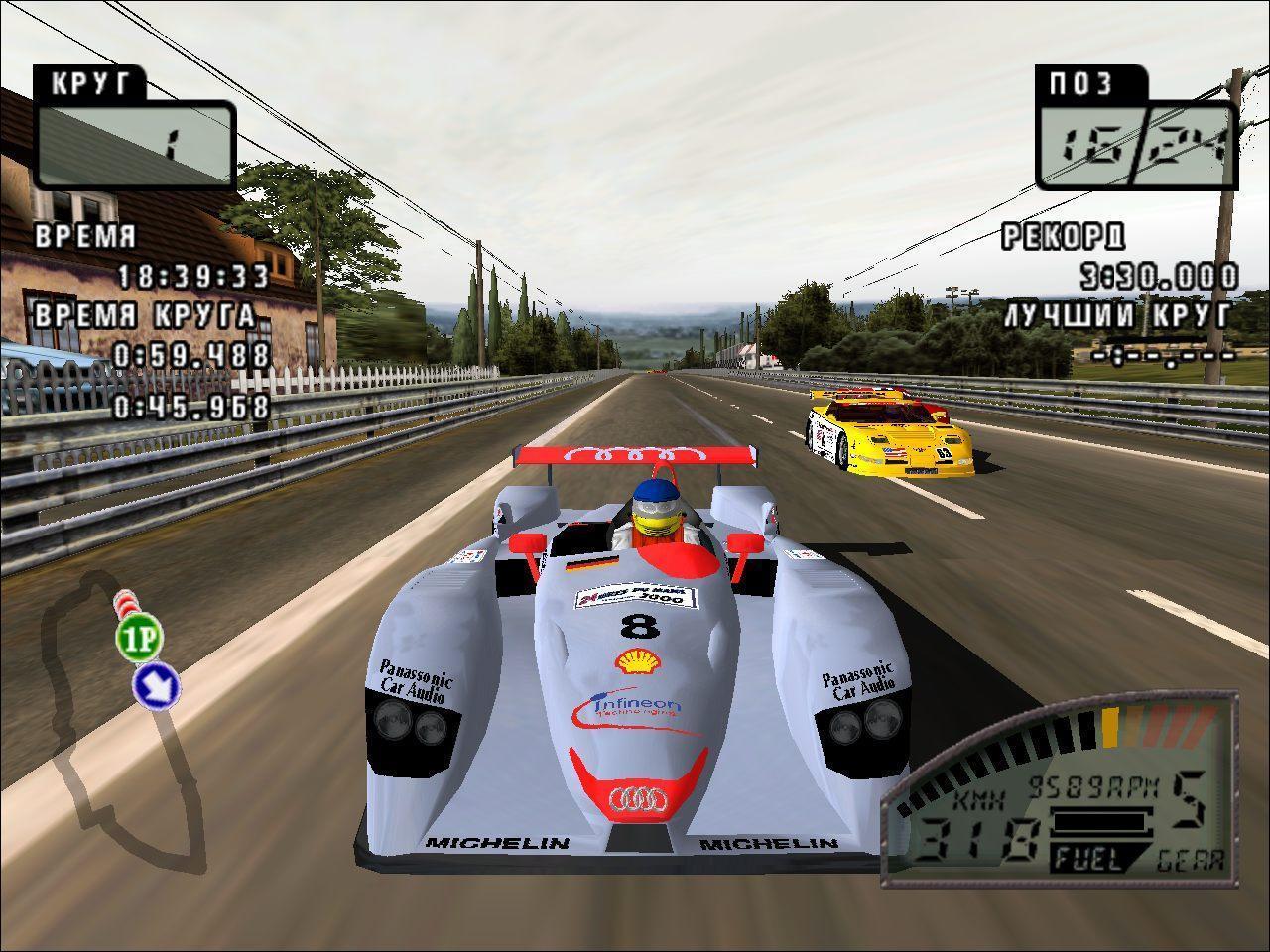
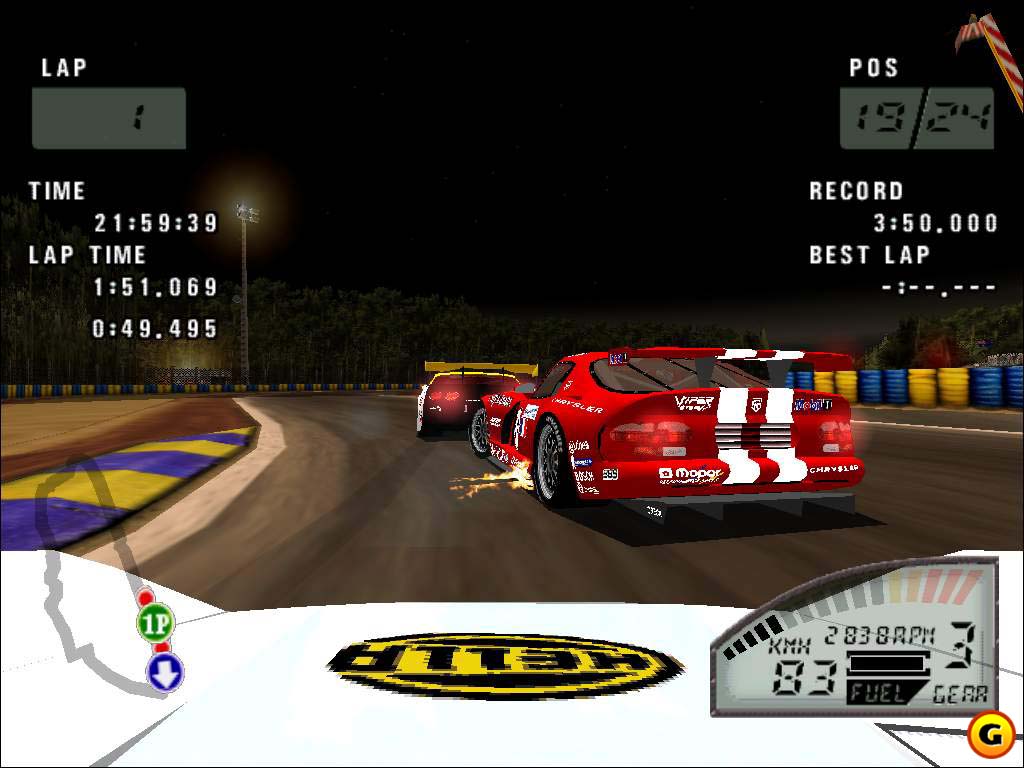
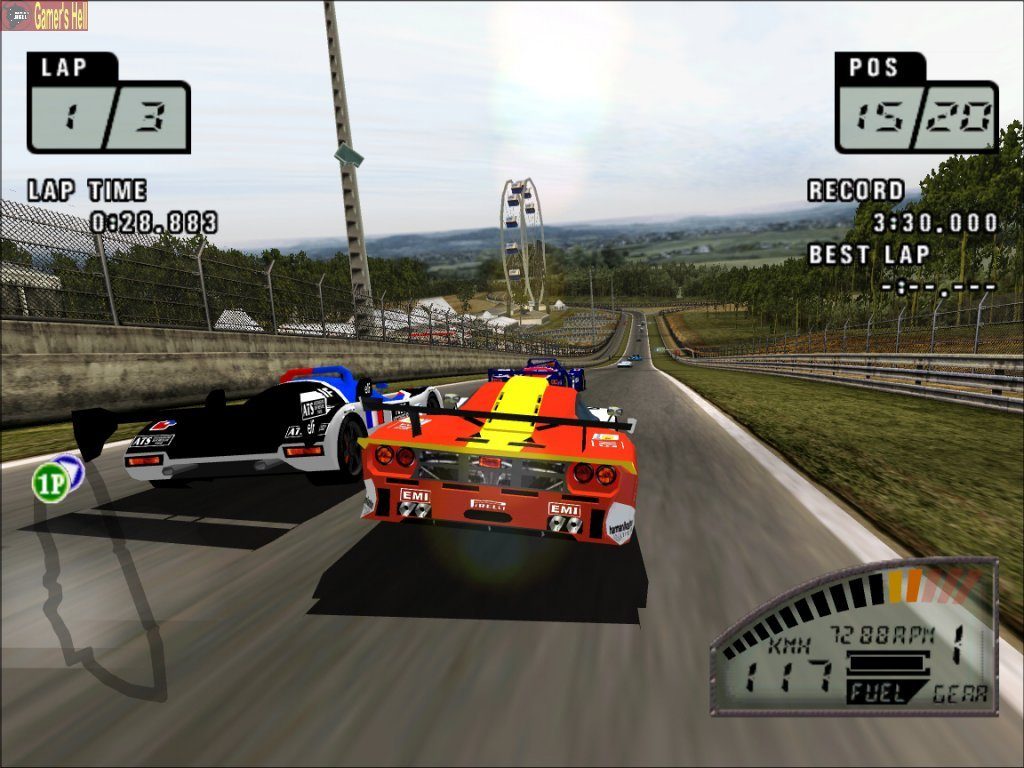




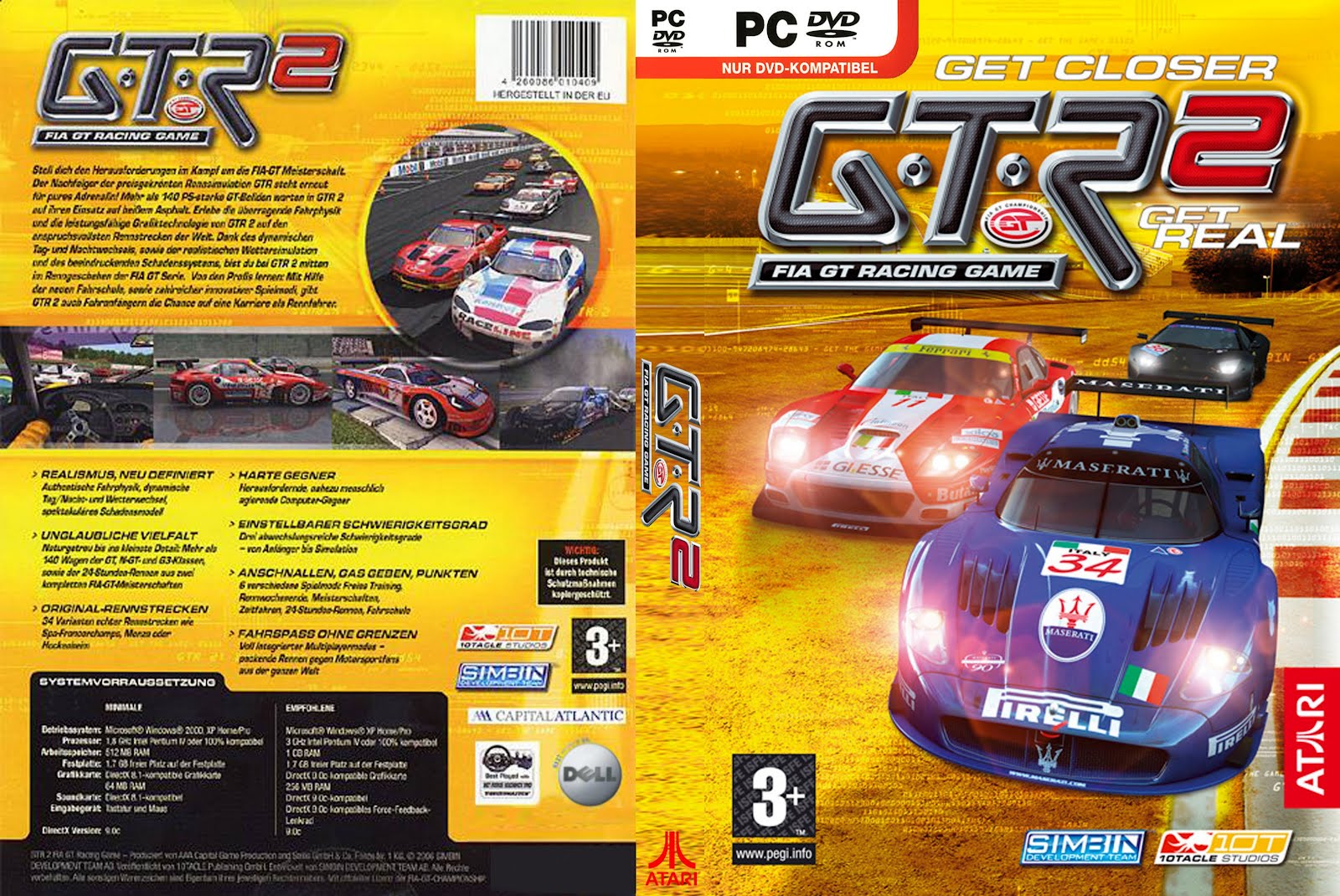
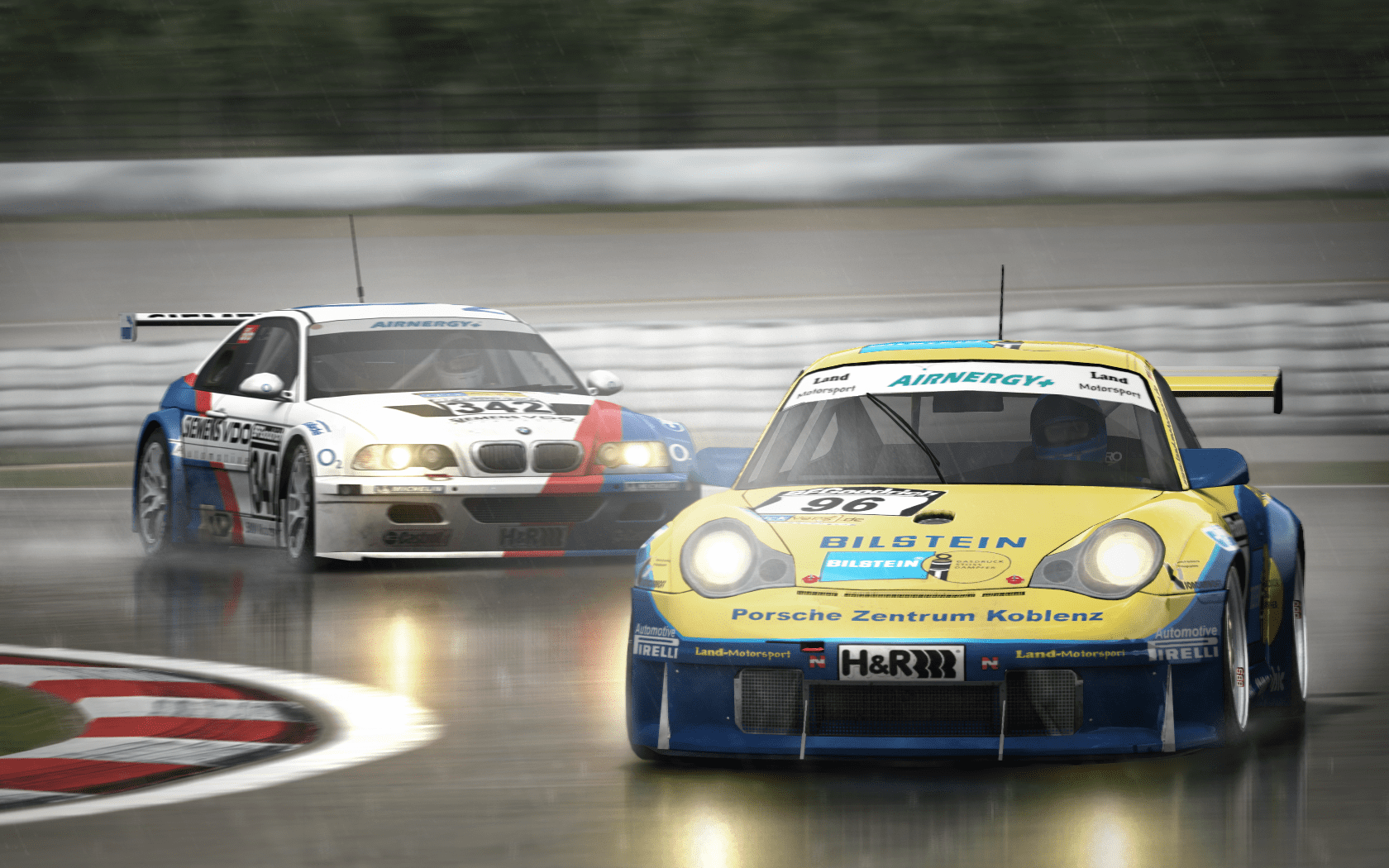
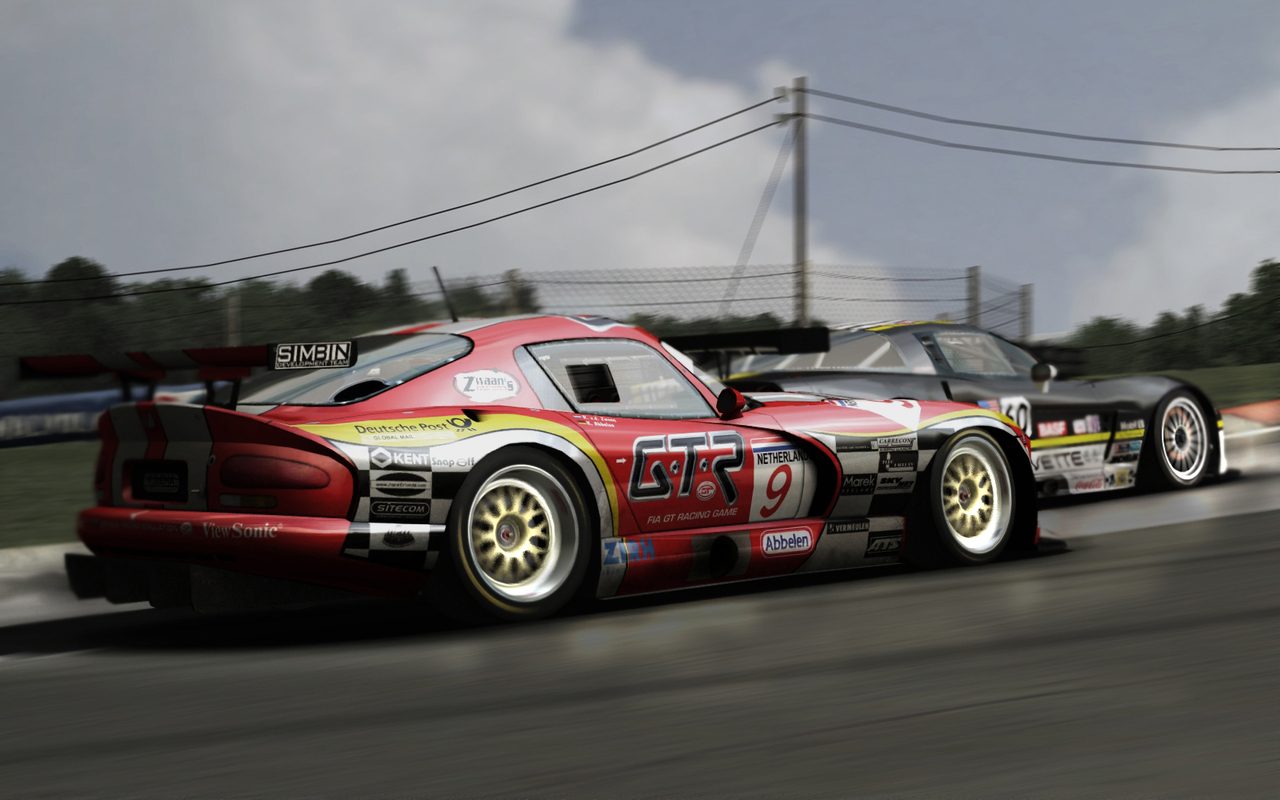
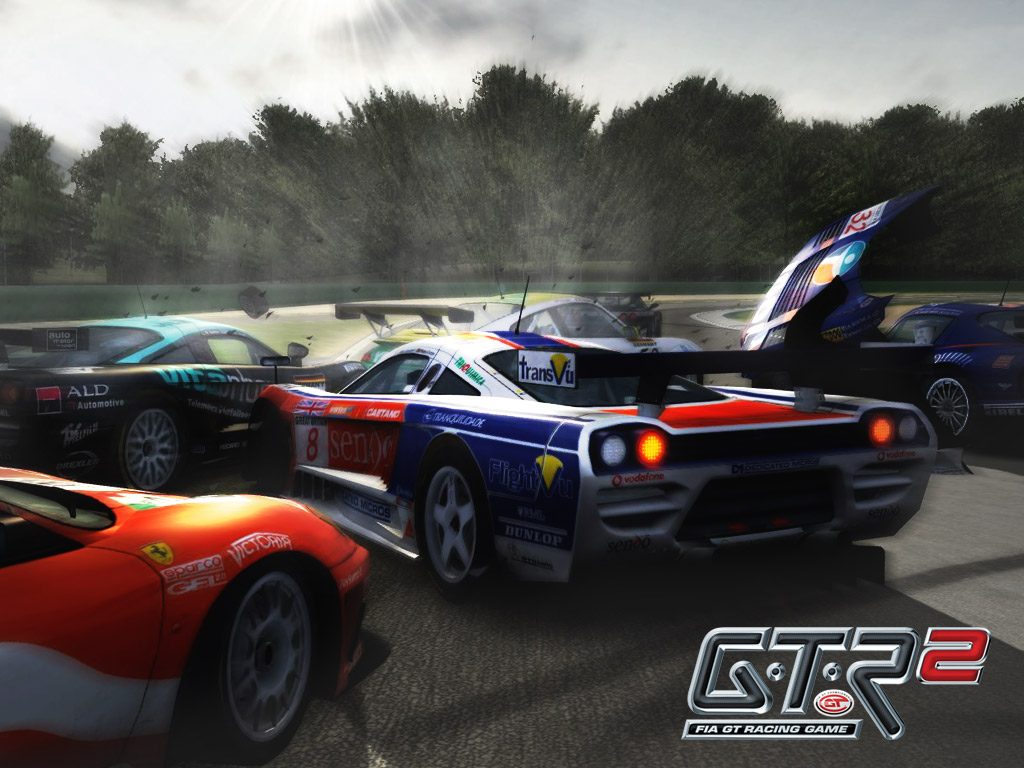
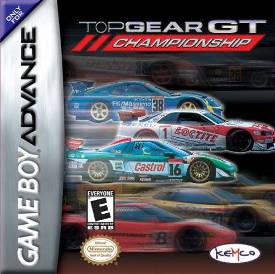
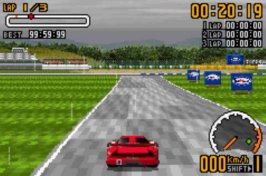
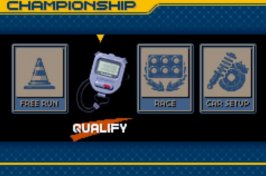
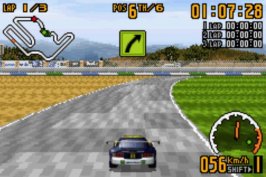
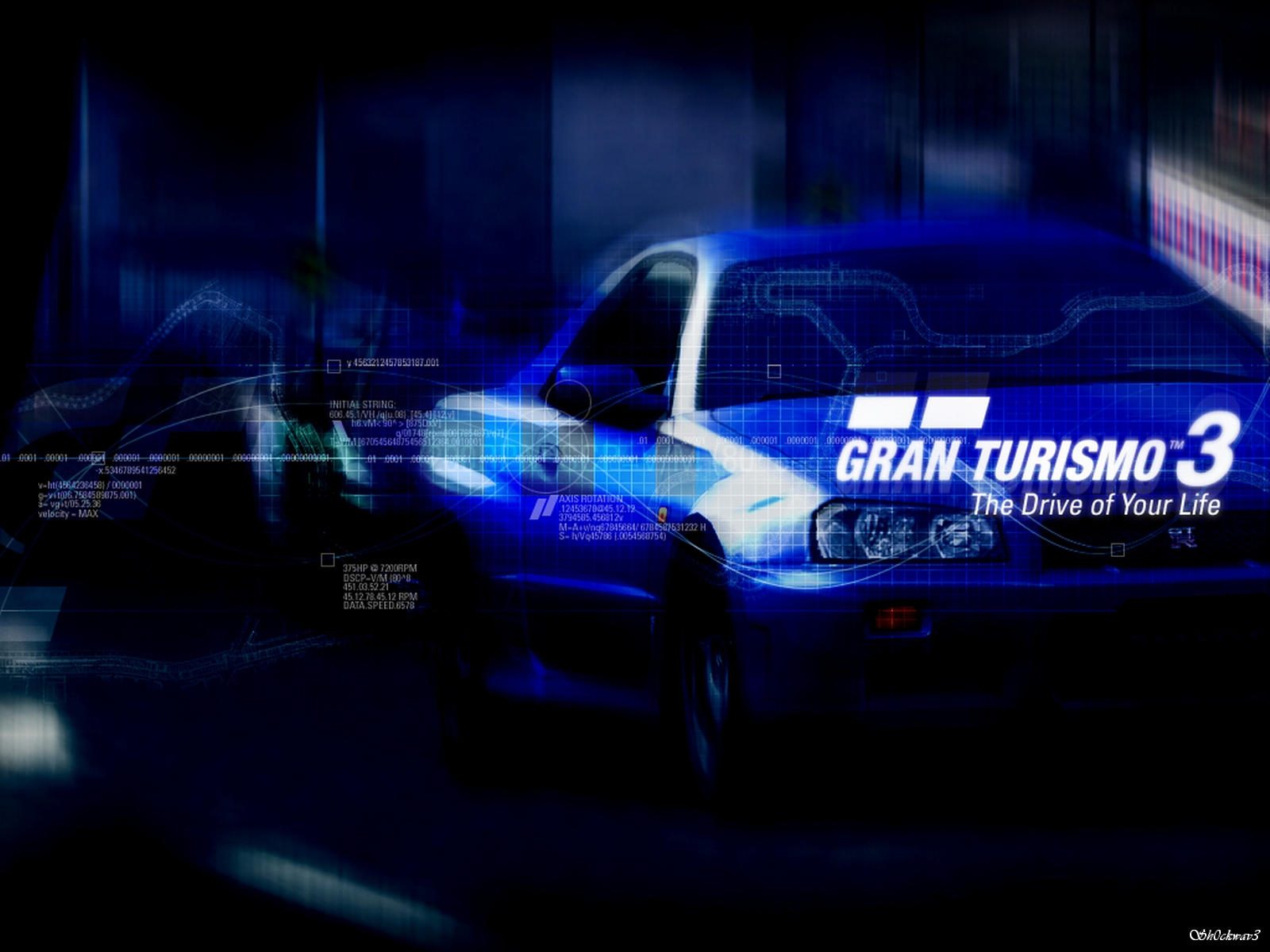
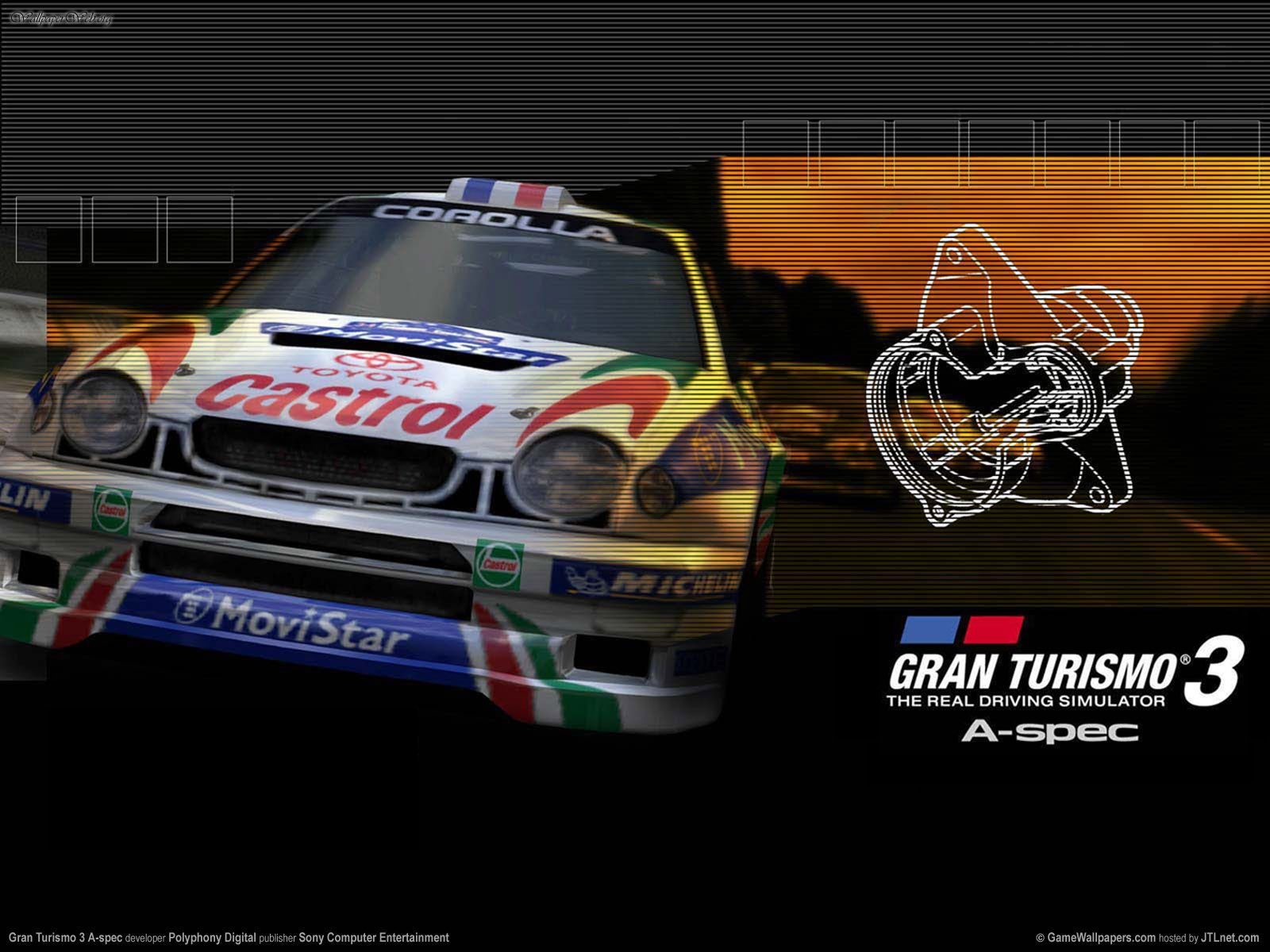
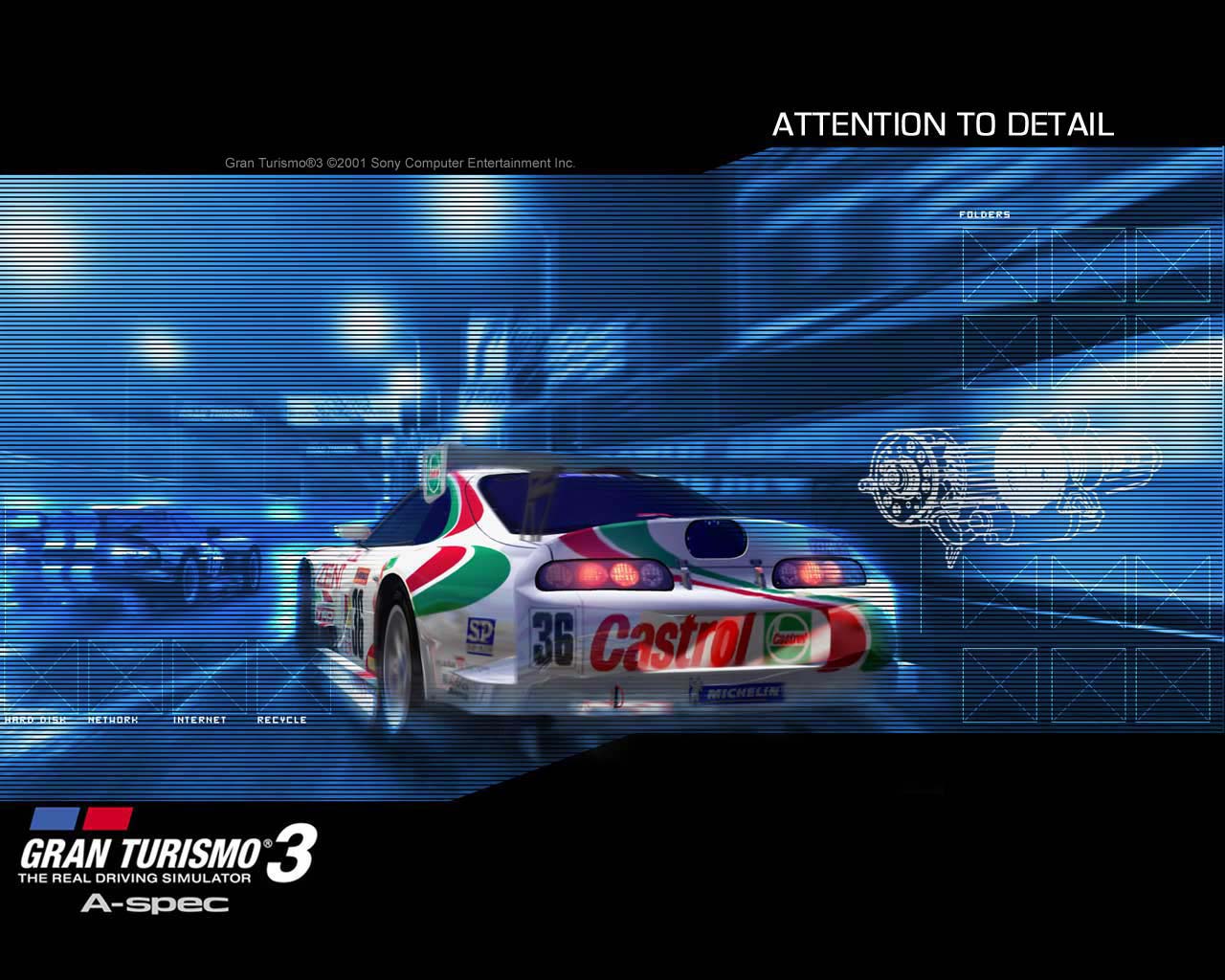
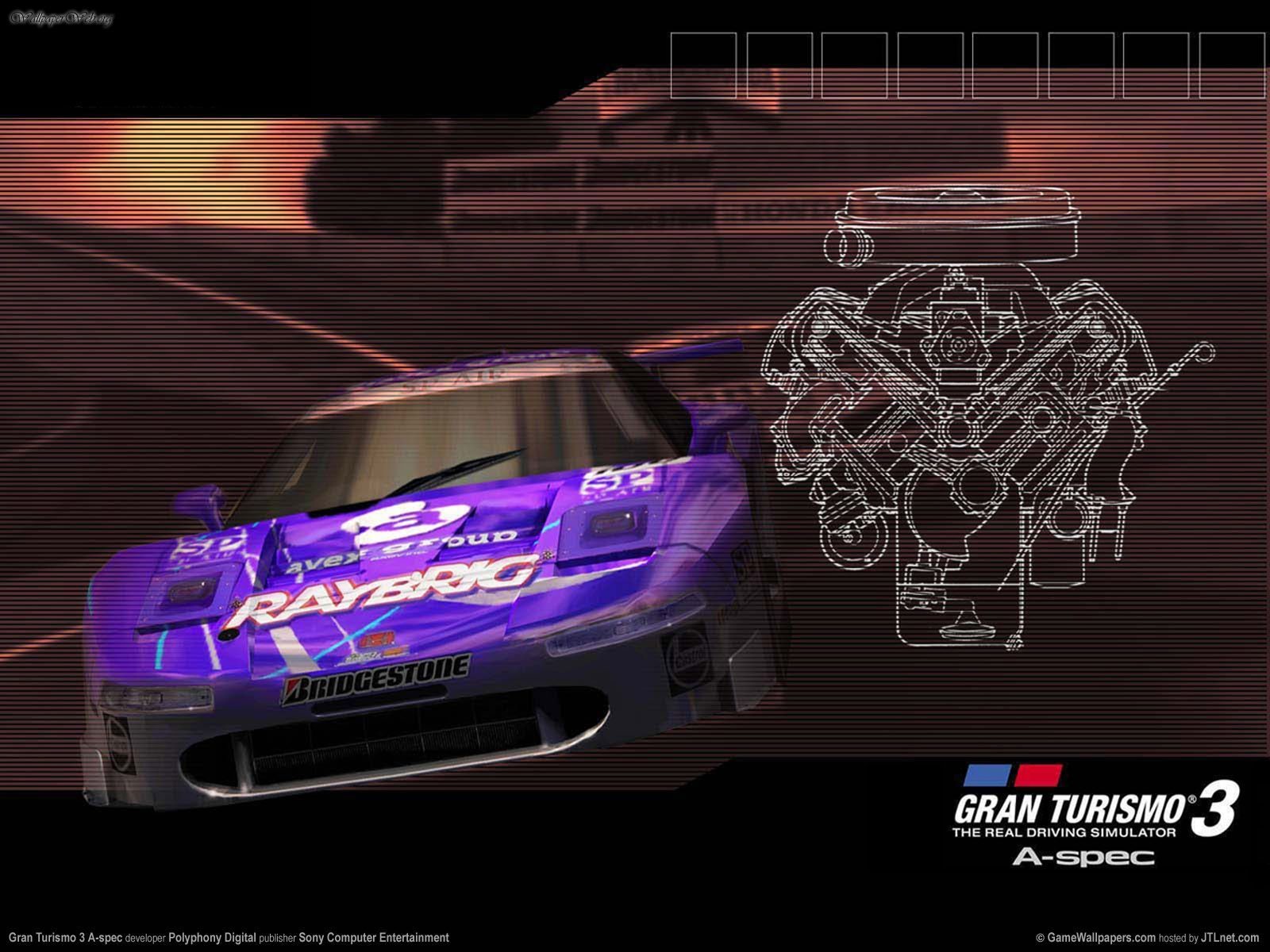
 Thank a lot for thet memories to be awaken
Thank a lot for thet memories to be awaken